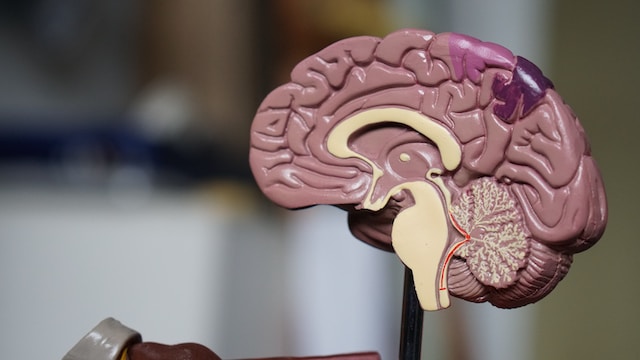The human brain is an extraordinary organ with remarkable plasticity, allowing it to adapt and change throughout life. Brain plasticity, also known as neuroplasticity, refers to the brain’s capability to form new neural connections and modify existing ones. This phenomenon is crucial for learning, memory, and overall cognitive function. In recent years, a compound called dihexa has emerged as a promising tool for enhancing brain plasticity and promoting cognitive resilience. This article tells you some interesting and essential facts about it.
Understanding Brain Plasticity
Before delving into the potential of peptides like dihexa, grasping the concept of brain plasticity is essential. The brain consists of billions of neurons interconnected through synapses. These connections form the basis of neural circuits responsible for various functions. Brain plasticity enables these circuits to be reshaped in response to experiences, learning, and environmental factors.
There are two primary forms of brain plasticity: structural and functional. Structural plasticity involves the growth of new connections between neurons, the pruning of unnecessary connections, and the formation of new neurons. On the other hand, functional plasticity involves the redistribution of functions across different brain areas to compensate for damage or changes.
The Role of Brain Plasticity in Cognitive Resilience
Cognitive resilience refers to the brain’s ability to withstand and recover from various challenges, such as stress, aging, or neurodegenerative disorders. It is closely tied to brain plasticity since a resilient brain can adapt and rewire itself to maintain optimal cognitive function.
Enhancing Brain Plasticity
Dihexa, also known as N-hexanoic-Tyr-Ile-(6) aminohexanoic amide, is a small peptide compound with significant potential in enhancing brain plasticity. Initially meant for treating Alzheimer’s disease, dihexa has since garnered attention for its broader cognitive benefits.
Mechanism of Action
Peptides like Dihexa act by binding to hepatocyte growth factor (HGF) receptors, specifically the c-Met receptor. This interaction triggers a cascade of events that promote neuronal survival, growth, and synaptic plasticity. Activating the c-Met receptor enhances the production of various neurotrophic factors crucial for brain health, including brain-derived neurotrophic factor (BDNF) and glial cell line-derived neurotrophic factor (GDNF).
Promoting Synaptic Growth and Connectivity
One of the key effects is its ability to stimulate synaptic growth and enhance connectivity between neurons. Synapses are the junctions between neurons where information is transmitted. By promoting synaptogenesis, the product facilitates the formation of new connections, strengthening neural circuits and improving overall brain function.
Facilitating Neuronal Survival and Protection
The product’s activation of c-Met receptors also plays a vital role in neuronal survival and protection. It has been shown to enhance the survival of neurons in various brain regions, protecting them from degeneration and promoting their longevity. This effect is particularly relevant in neurodegenerative disorders, where dihexa has demonstrated potential therapeutic benefits.
Improving Learning and Memory
Studies have suggested that dihexa can enhance learning and memory capabilities. Promoting synaptic plasticity and neuronal survival facilitates the acquisition, consolidation, and retrieval of information. Cognitive enhancement may have implications not only for healthy individuals but also for those with cognitive impairments.
Potential Applications and Future Directions
The potential of this peptide extends beyond cognitive enhancement. Its neuroprotective properties make it a promising candidate for the treatment of Alzheimer’s disease and Parkinson’s disease. Furthermore, the product’s ability to promote neuronal growth and synaptic plasticity holds promise for rehabilitation therapies following brain injuries or strokes.
Brain plasticity is a fundamental aspect of cognitive resilience, enabling the brain to adapt and thrive in the face of challenges. Peptides such as Dihexa, with their unique mechanism of action, have emerged as a potential key to enhancing brain plasticity and promoting cognitive resilience. By stimulating synaptic growth, facilitating neuronal survival, and improving learning and memory, it holds promise to maintain brain health and combat neurodegenerative disorders.


